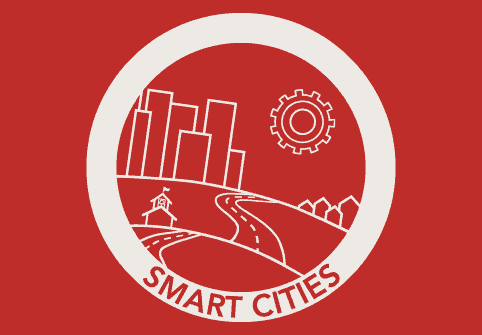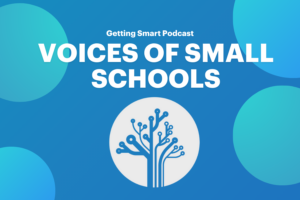How Smart Cities Develop Teachers & Leaders

Talent matters–that may be the most important lesson of the last two decades in US education. It is even more important to the blended future. Fortunately, the explosion of EdTech in the last four years has drawn a new generation of edupreneurs into the sector. With district and network leaders, edupreneurs are building professional learning platforms and partner organizations.
Talent development is one of the seven keys discussed in our new book, Smart Cities That Work for Everyone. For school districts and networks, talent development is a critical success factor. Given the emerging opportunity set, talent development should be regional, blended, and work-based.
Regional. Given a mobile workforce, talent is a regional issue–one where strong, focused partnerships can quickly make an enormous difference in the level of initial preparation of teachers and leaders. Following are six examples of regional talent development partnerships:
- Hiring entity (districts & networks) partnerships between to define required competencies
- Hiring entity compacts with traditional and alternative preparation programs based on delivering required competencies
- Teacher recruitment partnerships (e.g., Teach For America, Teach Louisiana, California Teacher Recruitment Program)
- Developing teacher leaders (e.g., Leading Educators, CityBridge Innovation Fellows in Washington DC, see feature)
- Developing central office talent (e.g., Broad Residency, Education Pioneers,)
- Providing teacher housing incentives (several states and regions offer housing assistance, tax credits, loan forgiveness, etc to attract and retain teachers)
Blended. Like student learning, the new opportunity with teacher and leader preparation is a triangle of talent development with:
- A competency map: what teachers need to know and be able to do with some speciality variations (e.g., elementary, blended, online, special needs)
- Multiple ways to learn: formal and informal, online and blended, individual and cohort learning opportunities
- Demonstration opportunities: pre-service and practicing teachers should have frequent opportunity to demonstrate knowledge and skill within a competency recognition system (micro-credentialing or badging).
Key to a blended approach is a personal learning plan for every educator. Platforms like Bloomboard (where I’m a director) connect learning plans to a marketplace of resources.
Work-based. Generic, theory-based preparation is becoming less relevant. With the proliferation of blended models (see Blended Learning Universe for examples) it’s more important than ever to make a large percentage of preparation linked to specific pedagogies and school models. Because the sector is in the early years of incorporating learning technology, preparation and ongoing development must remain dynamic with frequently updated competency maps that reflect new tools and school models.
An intentional and supported sequence of work experiences is more important to educator development than the accumulation of credits and degrees. As recently noted, districts and networks should identify teacher leaders and provide broadening experiences, on-the-job training, and more constructive feedback. Leading school or districtwide innovation or improvement projects can provide a relevant growth experience and a chance for the teacher to consider other full or part time roles. For example, a teacher leader could receive a stipend to lead:
- A grade span reading improvement plan
- A school committee to review and select a grade span blended learning model
- A faculty conversation about extended reach strategies
- A community conversation about social emotional learning
- A district conversation about competency-based progressions
- A chamber of commerce partnership to secure student internships
- A grant writing team to secure digital conversion funding
- An effort to expand affordable home access to broadband
Imagine if each time a teach leader is assigned a project management role, they receive a digital playlist of learning experiences to support their new role (both content knowledge and process skills) and an experienced mentor to provide real time support and guide reflective learning. A relevant sequence of supported projects would be far more valuable than a masters degree–and better preparation for being a principal than conducting student discipline as an assistant principal.
Leading a rich series of projects with aligned learning experiences could be incorporated into a competency-based sequence like the teacher development system at Summit Public Schools which covers seven dimensions of teaching–Assessment, Content, Curriculum, Instruction, Knowing Learners and Learning, Leadership, and Mentoring–spanning four levels: basic, proficient, highly proficient, and expert. Summit founder Diane Tavenner said, “Teachers are charged with gathering and presenting evidence of their performance as demonstrated in student work and achievement.” The system, “Empowers teachers to present any and all evidence they believe is valid and appropriate to judge student performance, while simultaneously ensuring that objective student performance data is always included. Teachers embrace it and respect it because they have control over presenting a total package of performance.”
A regional approach to talent development can share the load and create an ecosystem that continues to improve. A blended approach to talent development creates the opportunity for personalized learning. A job-embedded approach to talent development ensures a highly relevant just-in-time support for real challenges and quality preparation for extended impact.
For more on Smart Cities, check out:






0 Comments
Leave a Comment
Your email address will not be published. All fields are required.